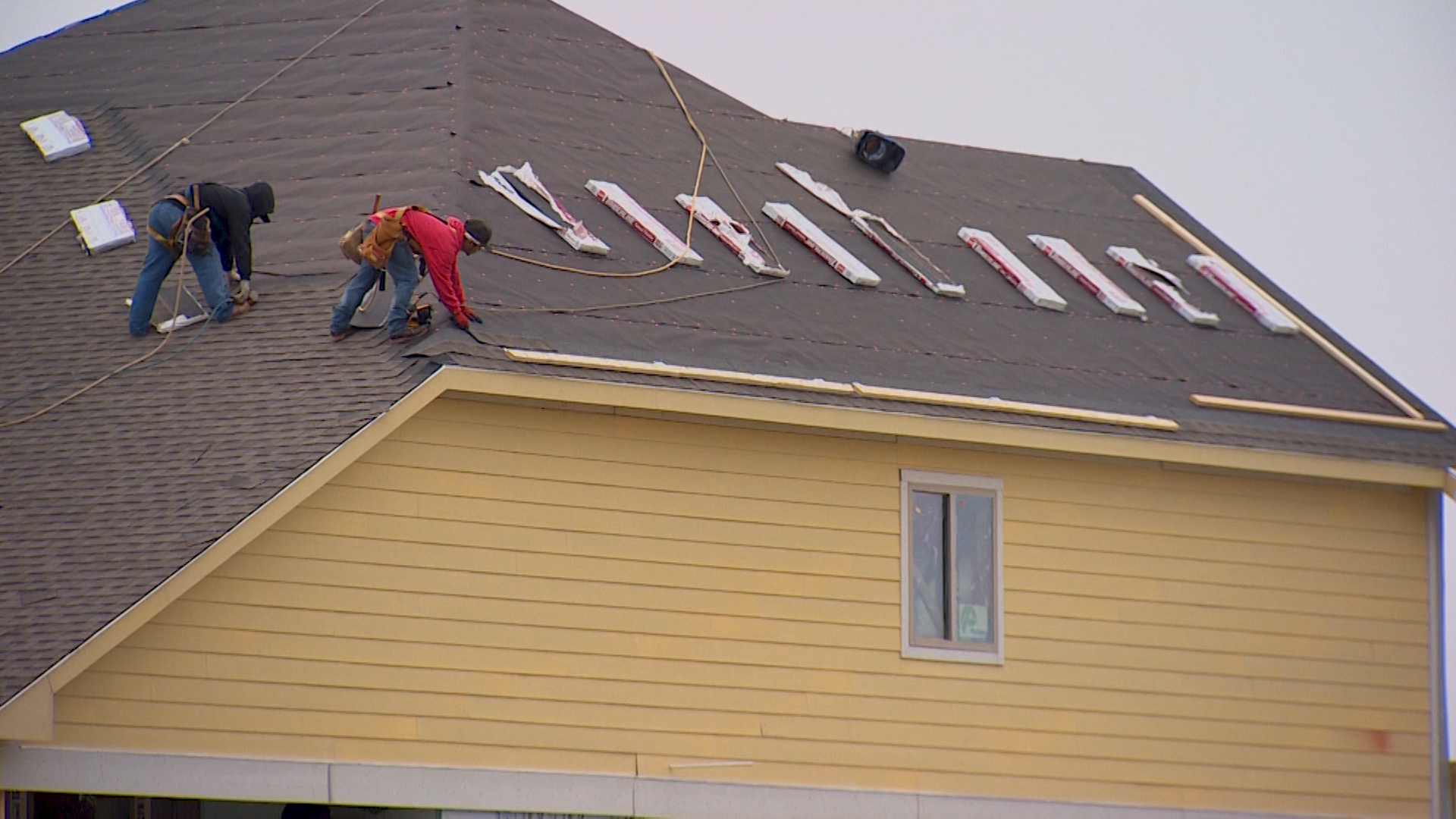Imagine, you’re standing on the sidewalk, looking at an average house. You see the siding, the windows, the front door, and way up above, you see the roof. Does the Ceramic Roof tiles have asphalt shingles? Wood shakes perhaps?
Maybe it’s made of metal or rubber tiles? What you see is where the focus goes, but it’s what you don’t see that really matters. There’s more to roofing than meets the eye. So let’s talk about what goes on, under the shingles.
We learn to crawl before we walk, so when talking about roofing let’s start with square one, the surface area of your roof which is made of wood. Your wood roof deck is comparable to an automobiles metal body. It is installed on top of the basic house frame to give a surface area on which to install Shingles.
Without a roof deck installed on your house, there would be nowhere to install your Shingles. And of course without the shingles, your roof deck would rot away due to exposure to the sun, rain, snow and ice and etc…not a comfortable home at all!
On Newer Houses, sheets of plywood or OSB boards are fastened on top of wooden trusses in your attic to form the roof deck. Plywood or OSB boards are installed in a staggered formation with small spaces between them to allow wood to expand and contract as the wood heats in the summer and cools in the winter.
Older homes often have lengths of 2″ x 6″ installed instead of plywood or OSB board. When the time comes for you to replace your Roof System, remember to have your Calgary Roofing Contractor replace any and all damaged wood.
Remember, if your roof deck is rotting or damaged in any way, people walking on your roof could potentially crack or break through the wood, causing further damage to the roof system, such as to the shingles…and to the person who walked on it! However, most roof decks can withstand a little bit of exposure to water or ice before it needs to be replaced.
Drip edge and Rake edge is the first part of the Roof System to be installed. It is a long and narrow piece of metal which is installed along each end of your Roof Deck, ie: along the eaves trough and along the gable ends.
Some area local building codes require the installation of Drip Edge and Rake Edge and other building codes do not. Check with your local city building offices to find out. In Alberta for example, the Building Code does not require the installation of Drip edge or Rake edge.
Therefore many new homes and/or low budget roof systems do not have drip edge installed in order to allow for more affordable roof prices. We recommend however that Drip edge and Rake edge be installed on every Roof System, no exceptions.
Drip and Rake edge is available in a variety of different colors and sizes and can be custom built for the needs of your roof system. Installing an appropriate drip edge often saves hundreds and sometimes even thousands of dollars when your roof system needs replaced.
If your Roof System does not currently have drip or rake edge installed, do not panic, you’ll survive well enough. Just be aware that when your roof needs to be replaced, the Roofing Contractor you may need to replace some of your wood Roof Deck on an as needed basis.
Arguably the most important part of every complete roof system. The metal installed in the valleys, chimneys and skylights take the brunt of water flow on every roof. Poorly installed, a brand new roof system can make a waterfall out of your living room.
Every chimney and skylight needs what is referred to as “a back pan”, which consists of sheet metal folded at around a 90 degree angle (depending on the slope of your roof) and tucks under the shingles and up under the siding, stucco or counter flashing on the chimney or skylight.
Every back pan needs a small 2″ section of metal sticking out 1″ or more from either side of the chimney or skylight to divert water away from the corners. Water should hit the metal back pan and be directed away on either side where it can continue its run into the eaves trough.
